Step-by-Step Guide to Conducting an On-page SEO Audit
Posted by Surgeon’s Advisor
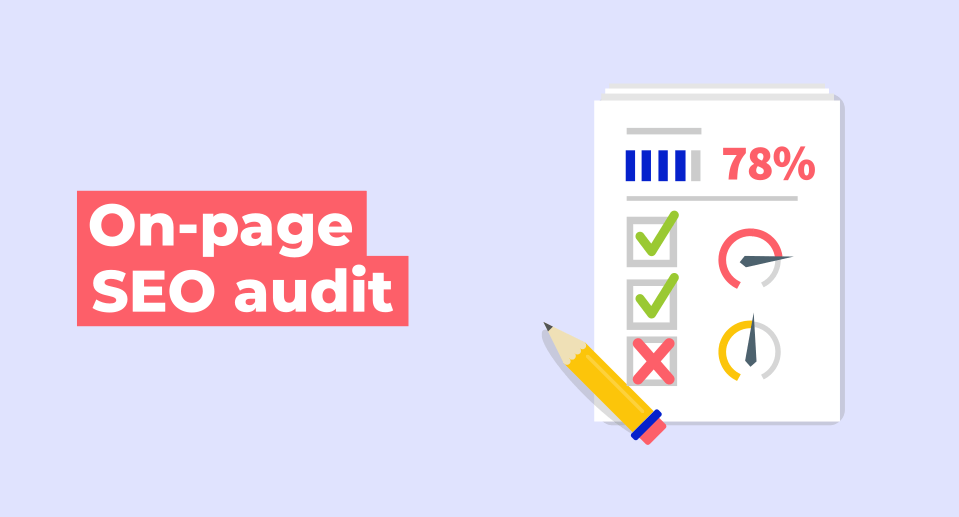
A comprehensive on-page SEO audit is crucial for enhancing website performance. It scrutinizes various elements—target keywords, internal/external links, load time, and content quality—to elevate organic traffic. This guide delineates the audit process to optimize your website’s SEO elements effectively.
Understanding On-Page SEO’s Role
On-page SEO, which includes optimizing various elements like keywords, links, load speed, and content quality, is fundamental to the health and success of a website. Conducting technical SEO audits is essential to uncover and address issues affecting search engine rankings. When implemented correctly, on-page SEO strategies do more than just boost organic traffic; they significantly improve the overall user experience, making your site more appealing and accessible to visitors.
Benefits of On-Page SEO Audits
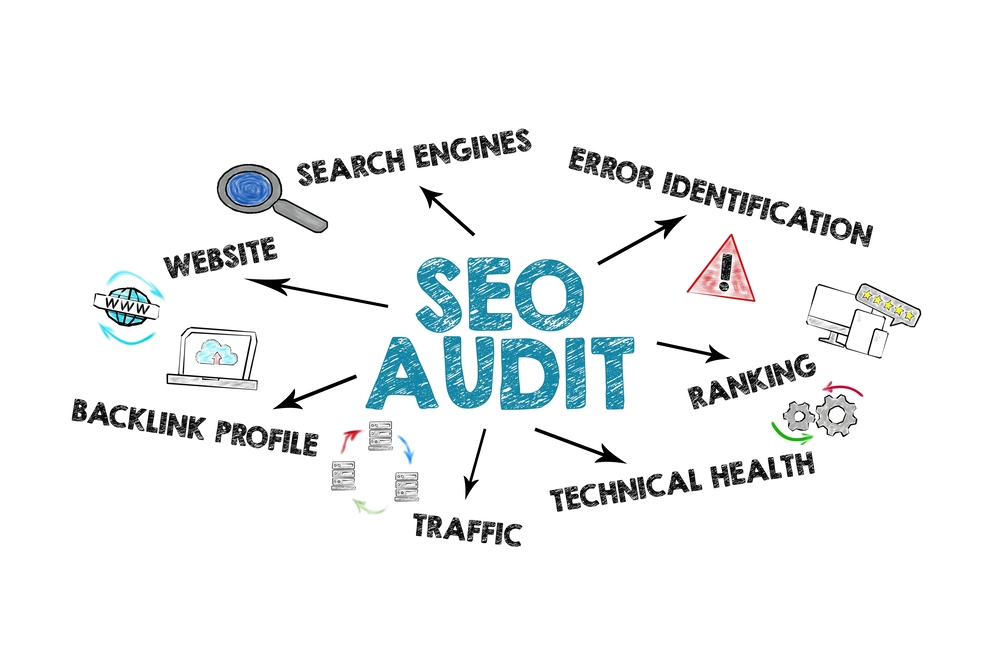
- Identification of technical issues affecting page loading speed and keyword placement.
- Utilization of tools like Google Analytics and Google Search Console for monitoring website performance and tracking ranking factors.
- Valuable insight into content quality and marketing strategy.
- Uncovering critical issues that may hinder website performance in search engine rankings.
- Essential for an effective search engine optimization (SEO) strategy.
Key Components of the Audit
- Meta Tags and Descriptions: Essential for on-page SEO audits, these elements influence Google’s ranking of web pages. They structure content and clarify page purposes. Effective use involves analyzing their quality and impact on SEO, utilizing tools like Google Analytics.
- Keyword Optimization: A crucial step in SEO audits, involves selecting and utilizing keywords that align with user searches. This process, aided by keyword research tools, avoids overuse and integrates keywords in content and meta tags. Tracking ranking changes assesses SEO strategy success.

- Content Quality and Relevance: Vital in SEO audits, this assesses issues like duplicate content and poor keyword use. It also checks mobile optimization, using tools like Google Search Console and Google Analytics to monitor online presence and rankings.
- Internal and External Linking: These links, assessed during SEO audits, structure a website and direct users to additional resources. Audits identify broken links and develop quality link strategies to enhance rankings and user engagement.
- Page Load Speed: Key in SEO audits, this affects user experience and bounce rates. Tools like Google Pagespeed Insights evaluate performance across devices, identifying issues and guiding mobile optimization.
- Mobile-friendliness: Crucial for SEO, it ensures websites perform well on various devices. Regular audits, using tools like Google’s Mobile-Friendly Test, identify problems and improve mobile versions of your site for a better user experience and SEO ranking.
Conducting the Audit: A Step-by-Step Approach
1. Pre-Audit Preparation
Before beginning the on-page SEO audit, it is important to create a checklist of all the necessary tasks that must be completed. This includes researching relevant keywords, analyzing content quality and relevance, assessing link quality, and checking page load speed. Additionally, website owners should use tools such as Google Analytics and Google Pagespeed Insights to monitor performance and identify potential issues and key insights. Having a clear plan for the audit will help to ensure a comprehensive review of each element and make adjustments where necessary
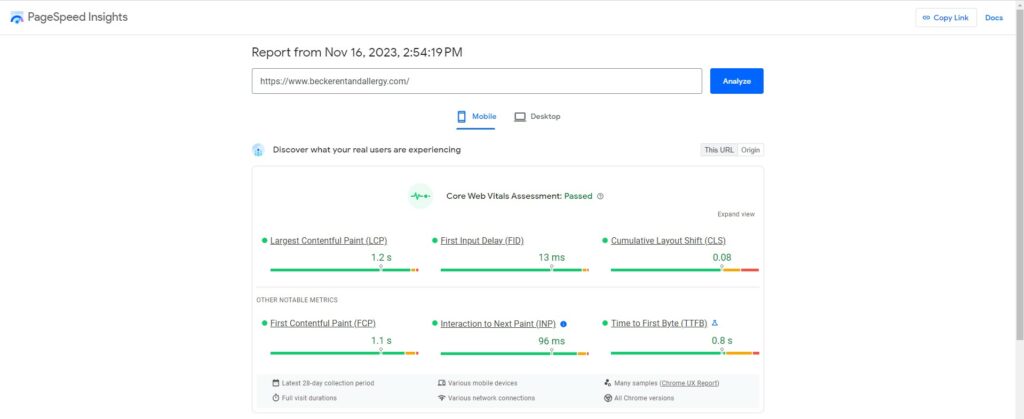
2. Website Analysis
Website owners should also analyze their website further to ensure that it is optimized for the best results. This includes analyzing the site structure and navigation to ensure ease of use for visitors, as well as conducting keyword research to identify the best phrases and terms for content optimization. For this, you could utilize Semrush Magic Tool or Ahrefs’ Keyword Explorer and ensure good keyword optimization to reach great results.

For this, you can start by entering relevant seed keywords or phrases related to your niche or industry. Utilize filters to narrow down results based on criteria such as search volume, keyword difficulty (KD), and organic traffic. Identify keywords with low KD yet substantial traffic potential, indicating opportunities for optimized content creation. Additionally, explore related keywords and long-tail variations to diversify your content strategy. Regularly monitor and update your keyword lists to adapt to evolving search trends and user behavior, ensuring continuous optimization of your website’s content for enhanced visibility and audience engagement.

Optimizing web images involves several key steps: selecting the right format (JPEG for photos, PNG for quality with transparent backgrounds, WebP for smaller sizes and high quality, SVG for text-based images, and GIF for animations), smart resizing, efficient compression using tools like WP Smush and TinyPNG, metatags are crucial always remember crafting descriptive alt text, employing adaptive images for various devices, and renaming files with descriptive keywords for enhanced SEO. These combined actions significantly enhance image SEO, leading to faster page loads and an improved user experience.

3. Utilizing SEO Audit Tools
Utilizing SEO audit tools such as Ahrefs’ Site Audit and a detailed SEO audit checklist can help website owners maximize their on-page SEO efforts. By running an audit tool, website owners can generate an audit report that provides insights into any potential issues affecting SEO rankings. This helps them to identify and address any problems quickly and efficiently, allowing for improved optimization of their site for better search engine results.
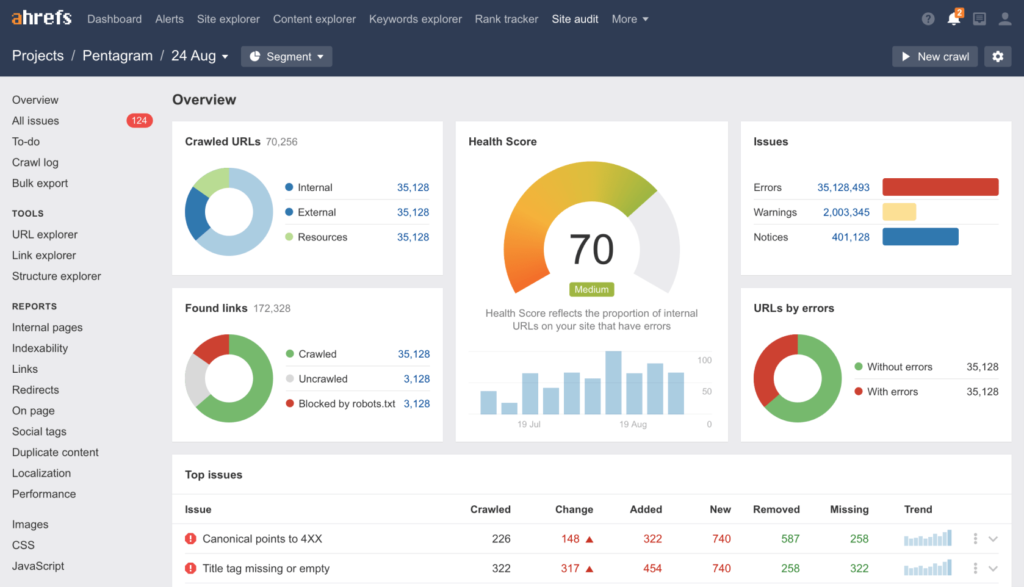
4. Identifying Issues and Opportunities
Once the on-page SEO audit is complete, identify any issues that may be affecting their SEO performance, as well as opportunities for improvement. This can include anything from poor keyword usage or broken links to technical issues such as page loading speed or mobile-friendliness. By taking this step, website owners can ensure their site is properly optimized for better search engine results and improved user experience.
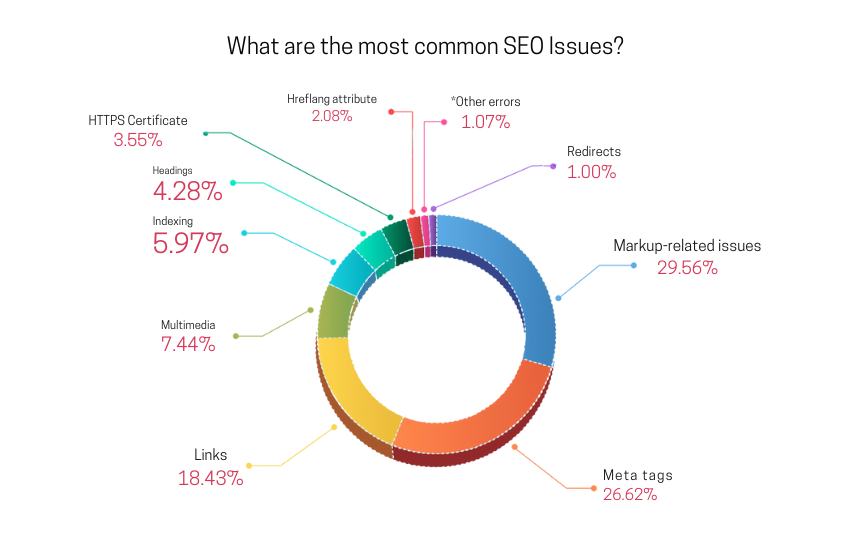
5. Interpreting Audit Results
Interpreting the results of an on-page SEO audit is key to understanding how to improve a website’s performance. Website owners should look for any areas where their site can be improved, such as keyword usage, page loading speed, and mobile traffic optimization. From there, they can create an action plan with specific steps to implement changes that will have the most impact on their SEO rankings. Additionally, it’s important to monitor the effectiveness of each change by tracking search engine rankings and analyzing website traffic data. By taking these steps, website owners can ensure their site is properly optimized for better search engine results and improved user experience.
6. Creating an Actionable SEO Audit Report
Finally, create an actionable SEO audit report that outlines the findings of their on-page SEO audit. This should include all the issues identified during the audit, as well as specific steps to take to optimize their website for better search engine results and improved user experience. Ensure to highlight the significance of internal and external linking strategies within the report. Additionally, it should include a timeline for implementation and recommended tools or services to use to ensure successful optimization. By incorporating insights on internal and external linking strategies and creating this report, website owners can ensure they are taking the necessary steps to improve their site’s performance and visibility online.
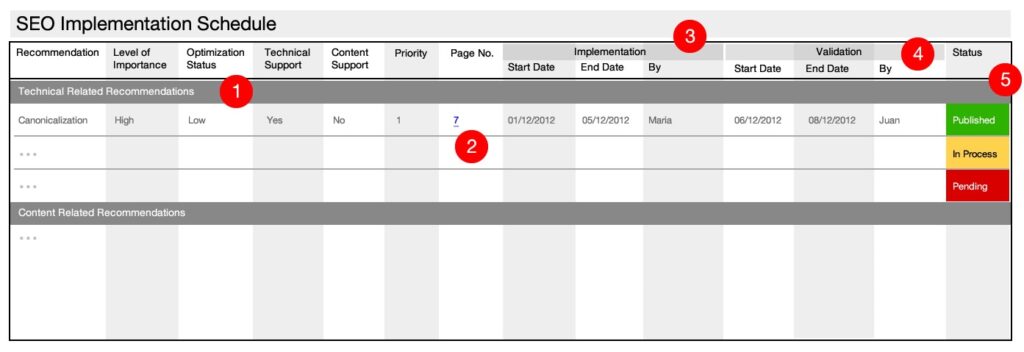
7. Be Constant, On-Page SEO Audits are Key to Success
Continuous SEO improvement is essential for any website looking to remain competitive online. Website owners should regularly monitor their site’s performance and make adjustments as needed to keep up with the latest SEO trends and best practices. This includes conducting regular on-page SEO audits, tracking search engine rankings, analyzing website traffic data, implementing changes based on findings, and updating content regularly. By taking these steps, website owners can ensure their site is properly optimized for better search engine results and improved user experience.
With this information, you can begin executing your on-page SEO audit to boost rankings and visibility in the SERPs. For more tips and advice on improving website optimization, contact Surgeons Advisor today!